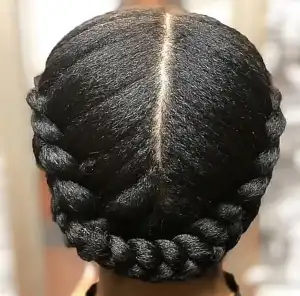
Natural hair is bold, versatile and beautiful. For many women, it’s a reflection of culture, identity and personality. Whether you wear your hair in short curls or long protective styles, learning how to take care of your natural hair is essential for its health and vibrance.
The good news? Taking care of your hair doesn’t have to be overwhelming. With the right shampoo, hair conditioner, scalp care routine and styling ideas, you can enjoy healthy, shiny and easy-to-manage hair every single day. In this blog, we’ll walk through everything you need to know—from choosing hairstyles and dealing with dandruff to moisturizing and protecting your hair.
Why Natural Hair Needs Special Care
Unlike chemically straightened hair, natural hair maintains its unique curl pattern and texture. This makes it more prone to dryness since natural oils from the scalp take longer to travel down curly strands. That’s why natural hair requires extra attention, love and patience.
Some common challenges natural hair queens face include:
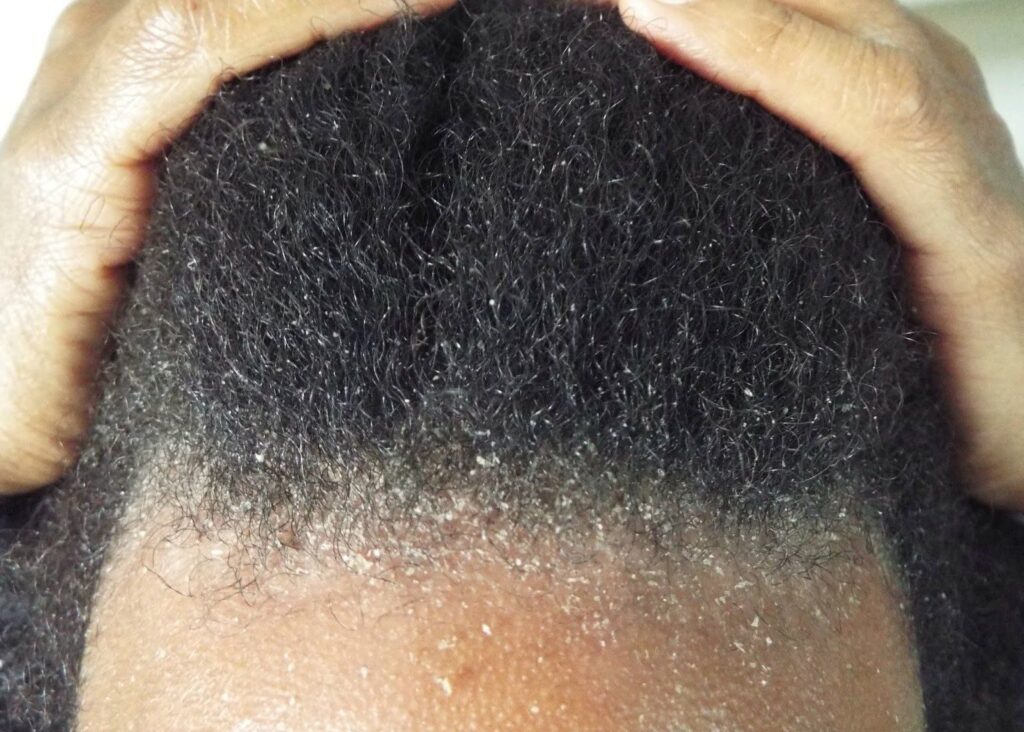
- Dryness and Breakage: Curly hair loses moisture faster than straight hair.
- Shrinkage: Natural hair may look shorter than it actually is because of its curl pattern.
- Dandruff and Itchy Scalp: Without proper scalp care, dandruff can cause discomfort.
- Styling Struggles: Finding hairstyles that suit your lifestyle and hair type can sometimes feel tricky.
But don’t worry—we’ll explore how to address each of these challenges with practical, friendly solutions.
Building a Hair Care Routine
Consistency is the secret to beautiful natural hair. Having a routine ensures your scalp stays clean, your strands stay moisturized and your hairstyles remain flawless.
A basic natural hair routine should include:
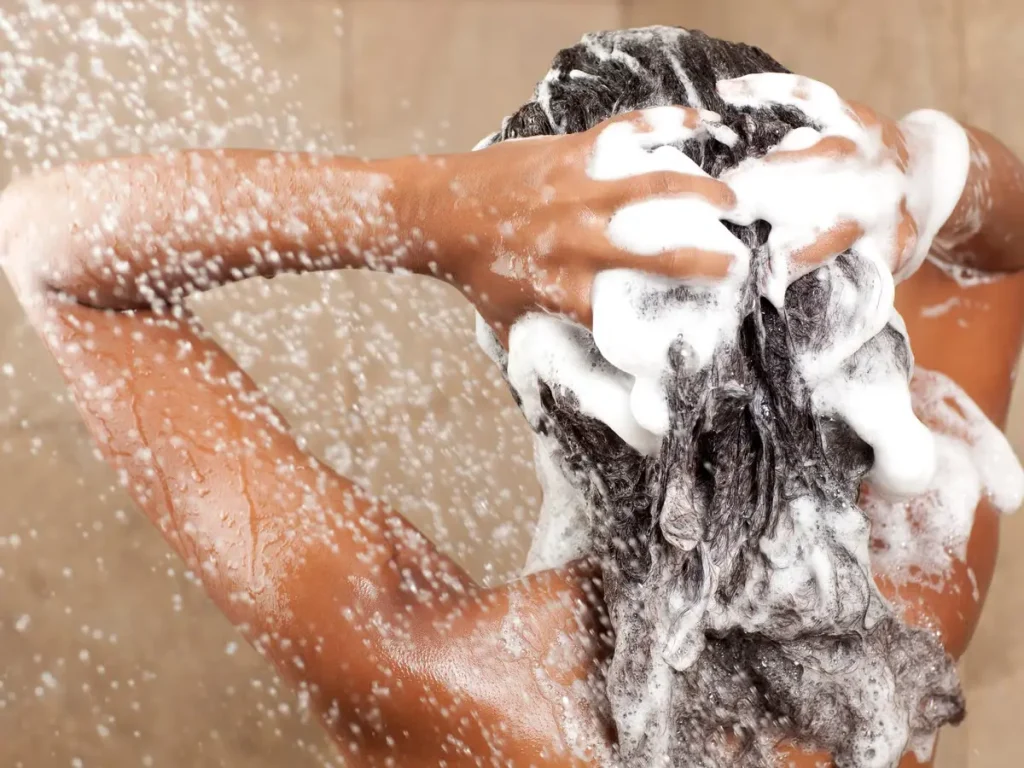
- Cleansing: Shampoo your hair regularly but not excessively.
- Conditioning: Always follow up with a hair conditioner to soften and hydrate.
- Moisturizing: Keep your hair nourished with oils, creams and leave-in conditioners.
- Protective Styling: Reduce daily manipulation and protect your ends.
- Scalp Care: Address issues like itchy scalp and dandruff with gentle treatments.
Pro Tip: Write down your hair routine in a journal and track what works best for your hair.
Choosing the Right Shampoo for Natural Hair
Your shampoo sets the foundation for your hair routine. Harsh shampoos can strip away natural oils, leaving your scalp dry and your hair brittle.
When shopping for shampoo, look out for:
- Sulfate-Free Formulas: Gentle on the scalp and hair.
- Moisturizing Ingredients: Shea butter, aloe vera or coconut oil.
- Peppermint Extracts: Peppermint helps refresh the scalp, improve circulation and reduce dandruff.
A peppermint-based shampoo is especially good if you struggle with itchy scalp or dandruff since it gives a cooling sensation that soothes irritation.
Why Hair Conditioner is Non-Negotiable
Skipping conditioner is one of the biggest mistakes people with natural hair make. Conditioners replenish moisture, smooth the hair cuticle, and make detangling easier.
Types of conditioners to include in your routine:
- Rinse-Out Conditioner: For daily or weekly use after shampoo.
- Leave-In Conditioner: Provides lightweight hydration throughout the day.
- Deep Conditioner: A rich treatment to use weekly for extra nourishment.
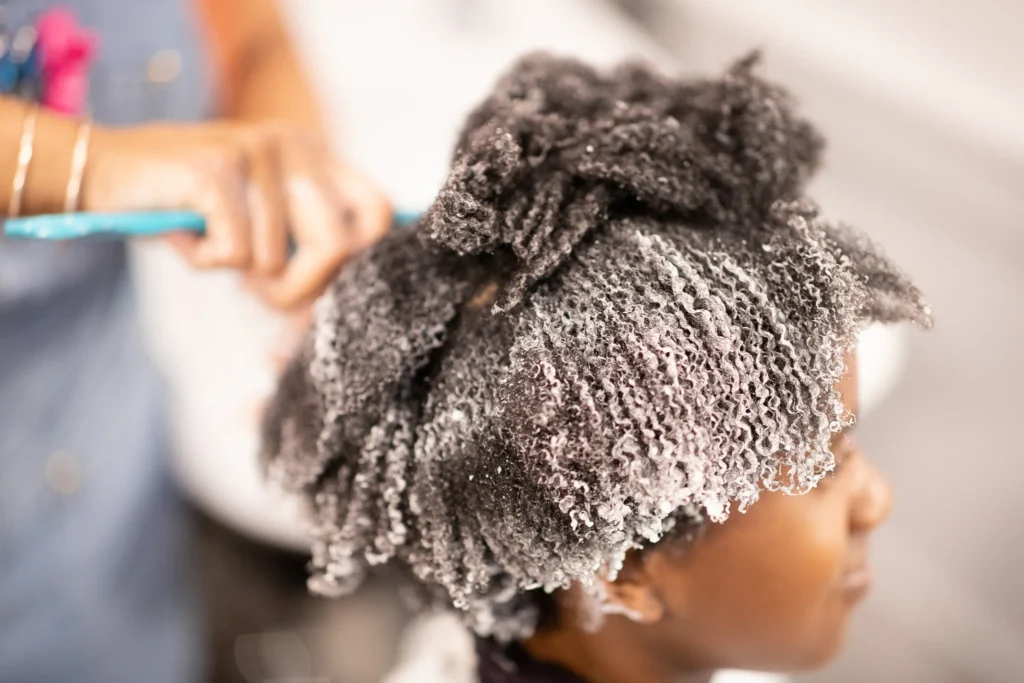
Pro Tip: Apply conditioner from mid-length to ends, focusing on the driest parts of your hair.
Dealing with Dandruff and Itchy Scalp
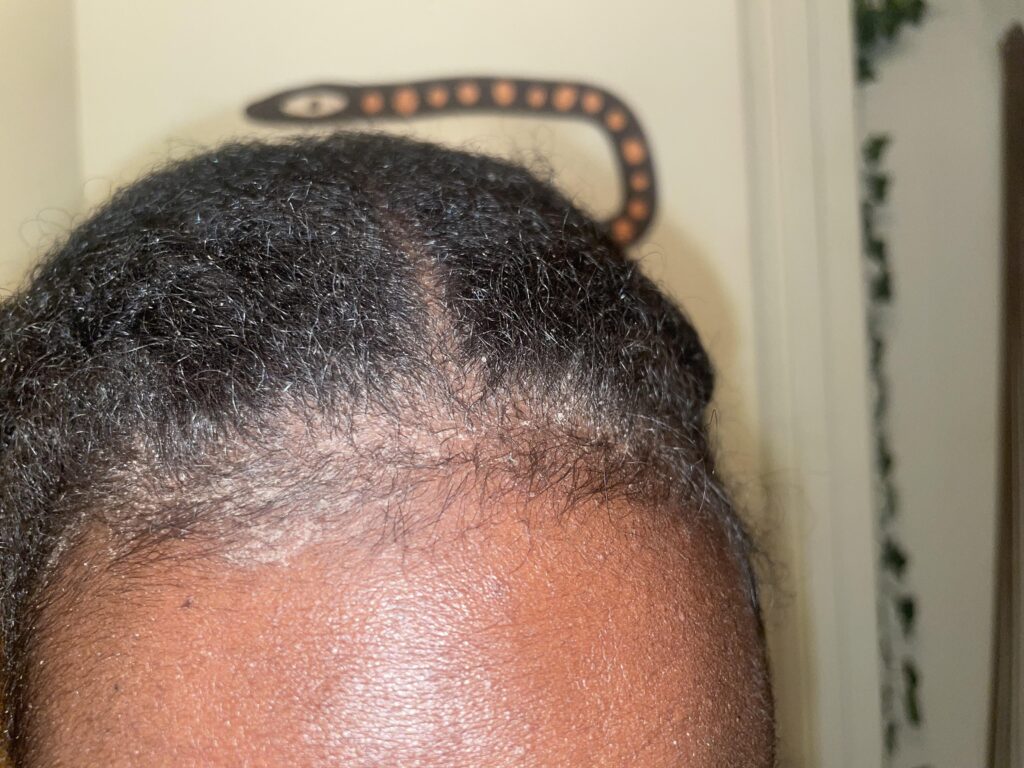
Dandruff can be frustrating, especially for natural hairstyles. The flakes and itchiness can affect your confidence and overall scalp health.
What Causes Dandruff?
- Fungal infections on the scalp.
- Product buildup from heavy creams and oils.
- Dry scalp lacking moisture.
- Sensitivity to hair products.
Home Remedies for Dandruff
- Peppermint Oil Treatment: Mix a few drops of peppermint oil with coconut oil and massage into your scalp. This reduces itchiness and flakes.
- Apple Cider Vinegar Rinse: A homemade remedy for dandruff—mix equal parts vinegar and water, pour onto your scalp after shampooing and rinse. This balances scalp pH.
- Aloe Vera Gel: Apply aloe vera directly to your scalp. Leave for 20 minutes before rinsing—it’s anti-inflammatory and soothing.
- Tea Tree Oil: Known for its antifungal properties, tea tree oil is a natural solution for dandruff.
Check out our guide on natural remedies for dandruff for more DIY solutions
Moisturizing Natural Hair the Right Way
Moisture is your natural hair’s best friend. Without it, hair becomes dry, brittle and prone to breakage.
The LOC Method
One of the best ways to keep hair moisturized is the LOC method:
- L = Liquid/Leave-In: Start with water or a leave-in conditioner.
- O = Oil: Seal in moisture with oils like jojoba, olive or argan oil.
- C = Cream: Finish with a rich cream or butter (like Shea butter) for lasting hydration.
Best Natural Oils for Hair
- Coconut Oil: Penetrates deep into the hair shaft.
- Castor Oil: Great for thickening edges.
- Argan Oil: Lightweight and adds shine.
- Shea Butter: Perfect for sealing moisture in tightly coiled hair.
Pro Tip: Focus on the ends of your hair, which are the oldest and most fragile.
Natural Hairstyles for Ladies
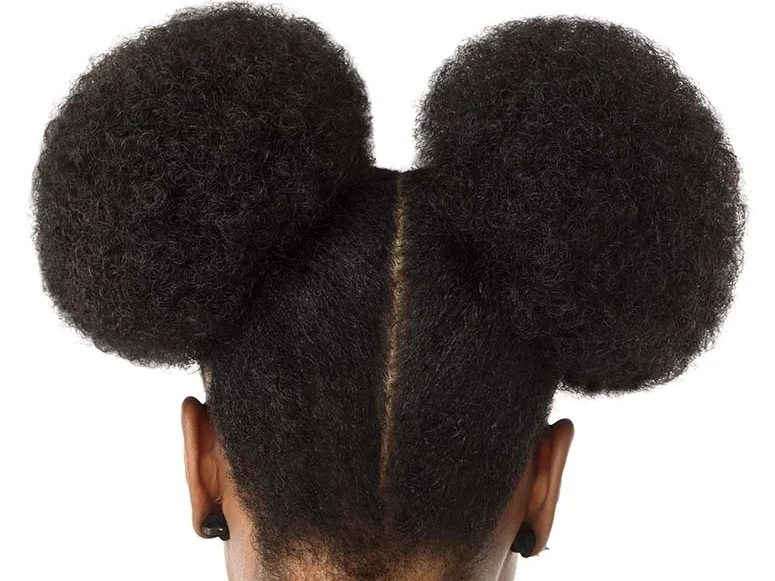
Natural hairstyles for ladies are endless—from elegant buns to bold afros. Choosing the right hairstyle depends on your lifestyle, occasion, and hair length.
Hairstyles for Short Hair
- Finger Coils
- Tapered Afro
- Wash-and-Go Styles
Hairstyles for Medium Hair
- Twist-Outs
- Bantu Knots
- Afro Puffs
Hairstyles for Long Hair
- Cornrows
- Protective Updos
For more style inspiration, explore NaturallyCurly.
Protective Styling
Protective styles reduce daily manipulation and allow your hair to grow without breakage.
Examples:
- Twists (Senegalese, Marley twists)
- Wigs (to give your natural hair a break)
Pro Tip: Avoid keeping protective styles for too long—6 to 8 weeks is ideal.
Nighttime Hair Care
How you treat your hair at night makes a huge difference.
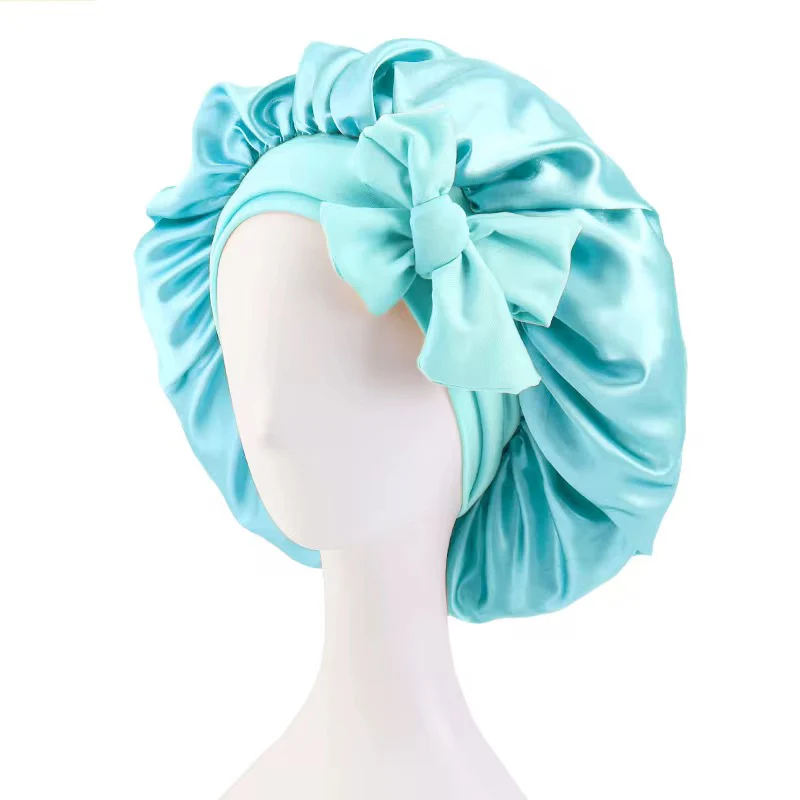
- Satin Bonnet or Pillowcase: Prevents moisture loss and breakage.
- Loose Protective Styles: Keeps hair tangle-free.
- Nighttime Scalp Massage: A few drops of peppermint or castor oil on your scalp before bed can improve circulation.
Combating Breakage and Split Ends
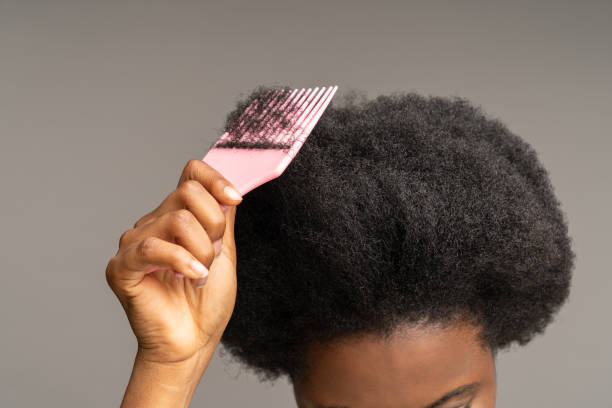
Breakage happens when your hair is weak or not properly maintained.
How to Prevent Breakage
- Use a wide-tooth comb for detangling.
- Avoid heat styling tools.
- Trim split ends every 6–8 weeks.
- Keep hair moisturized.
Diet and Lifestyle for Healthy Hair

Beautiful hair starts from within. A nutritious diet boosts hair health.
- Protein: nuts, beans.
- Iron: Spinach, lentils.
- Vitamins: Vitamin E, C, and biotin-rich foods.
- Hydration: Drink enough water daily.
Common Mistakes to Avoid
- Washing hair too frequently.
- Skipping conditioner.
- Over-styling with tight hairstyles.
- Ignoring dandruff or itchy scalp.
- Neglecting trims.
Final Thoughts
Caring for your natural hair is an ongoing journey filled with learning and patience. From choosing the right shampoo and hair conditioner to experimenting with natural hairstyles for ladies, every step helps you embrace your hair’s natural beauty.
Whether you’re rocking short hair or a stunning afro, remember that your scalp needs love just as much as your strands. Use home remedies for dandruff when needed, moisturize consistently and protect your hair at night.
Above all, enjoy the process—your hair is a crown and taking care of it is an act of self-care.
Explore our collection of natural hair care products to make your routine even easier.
